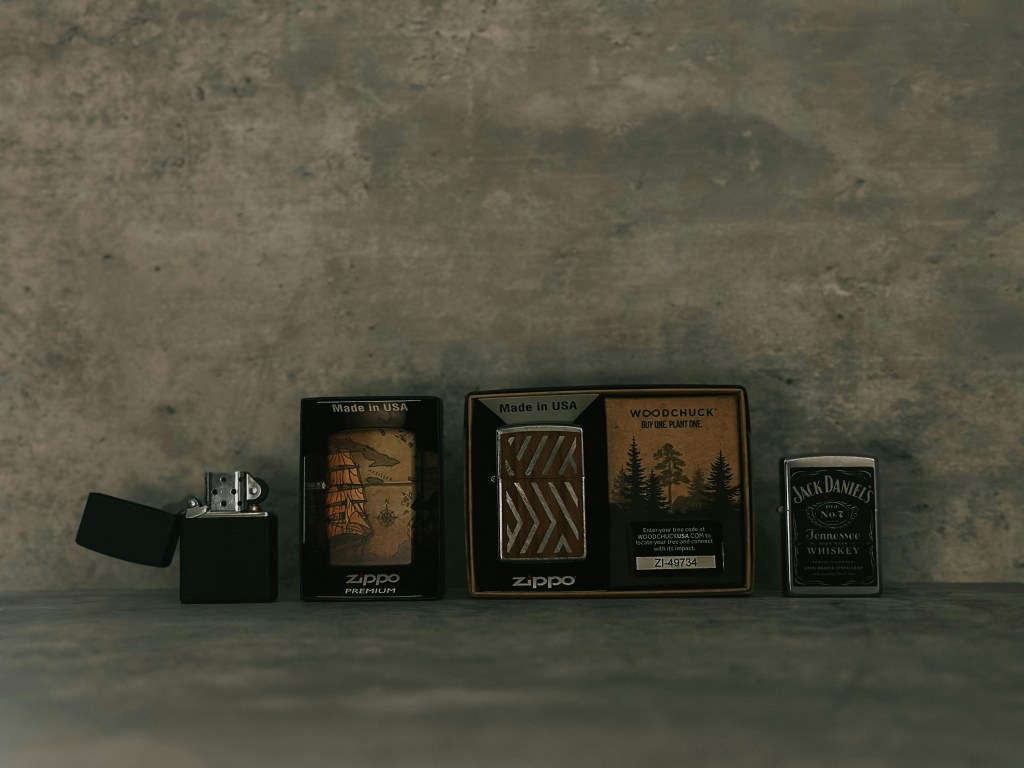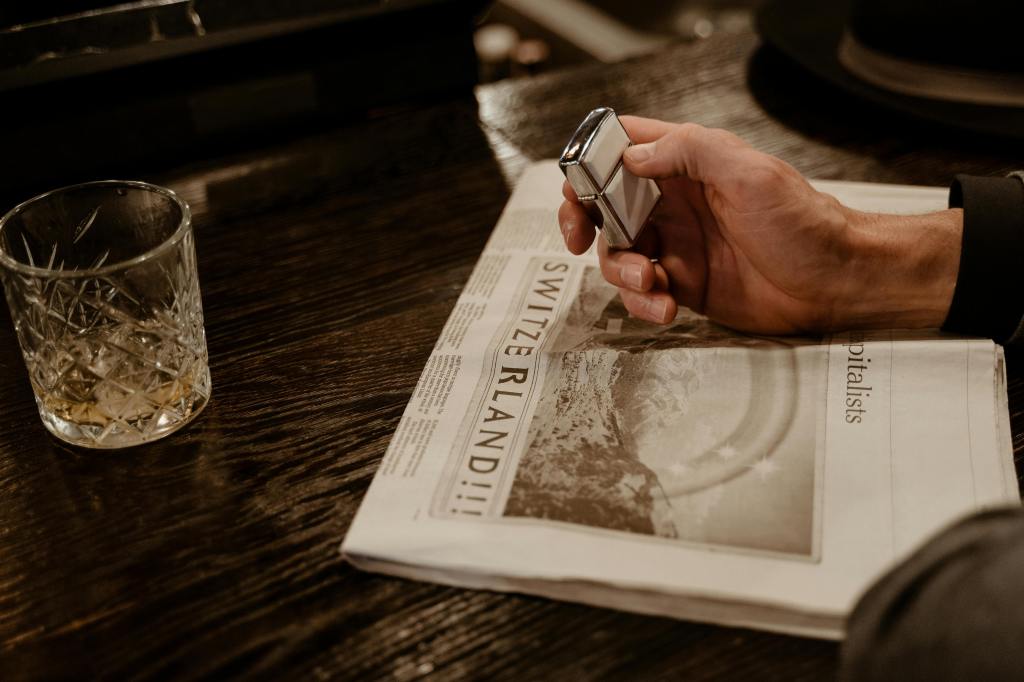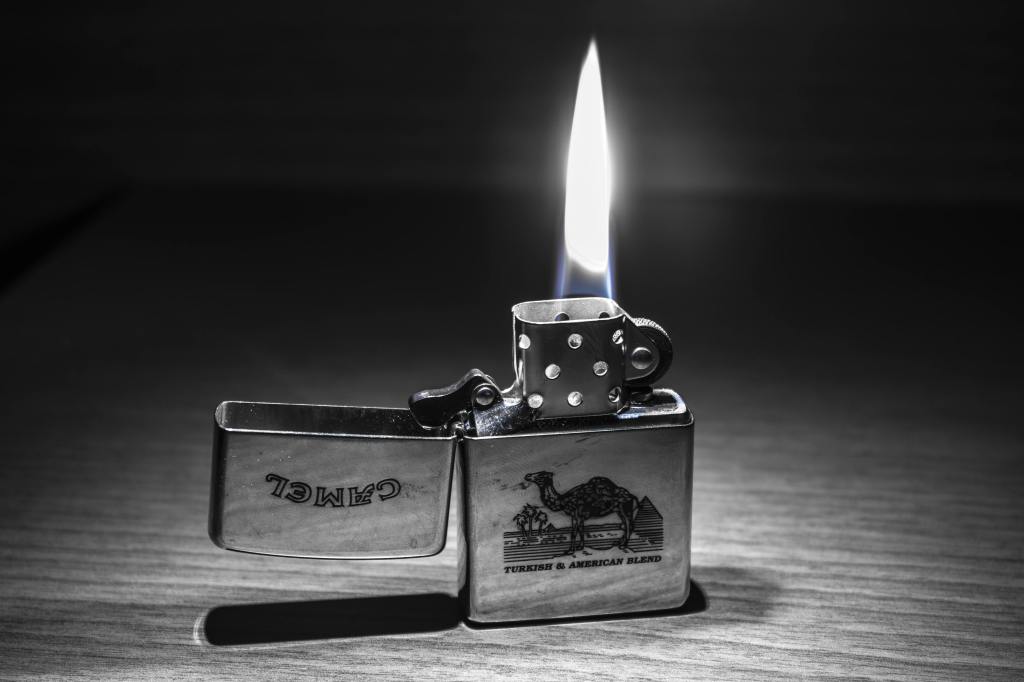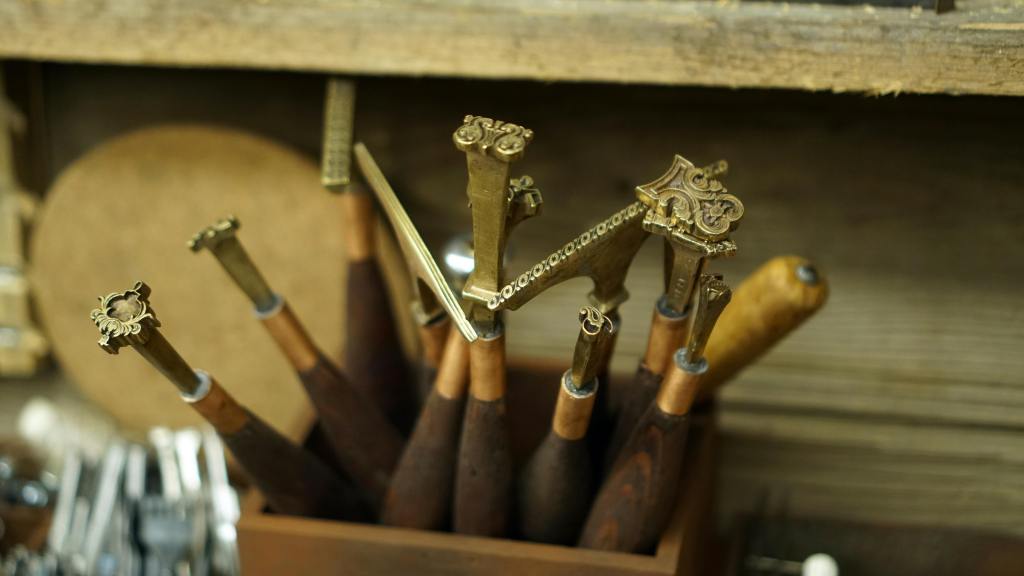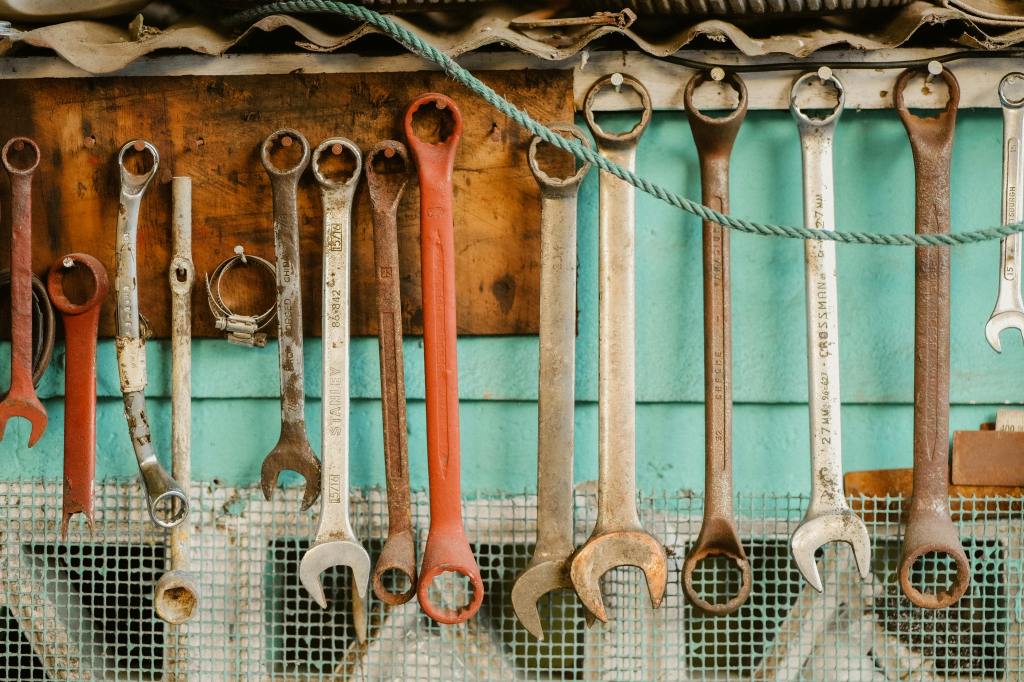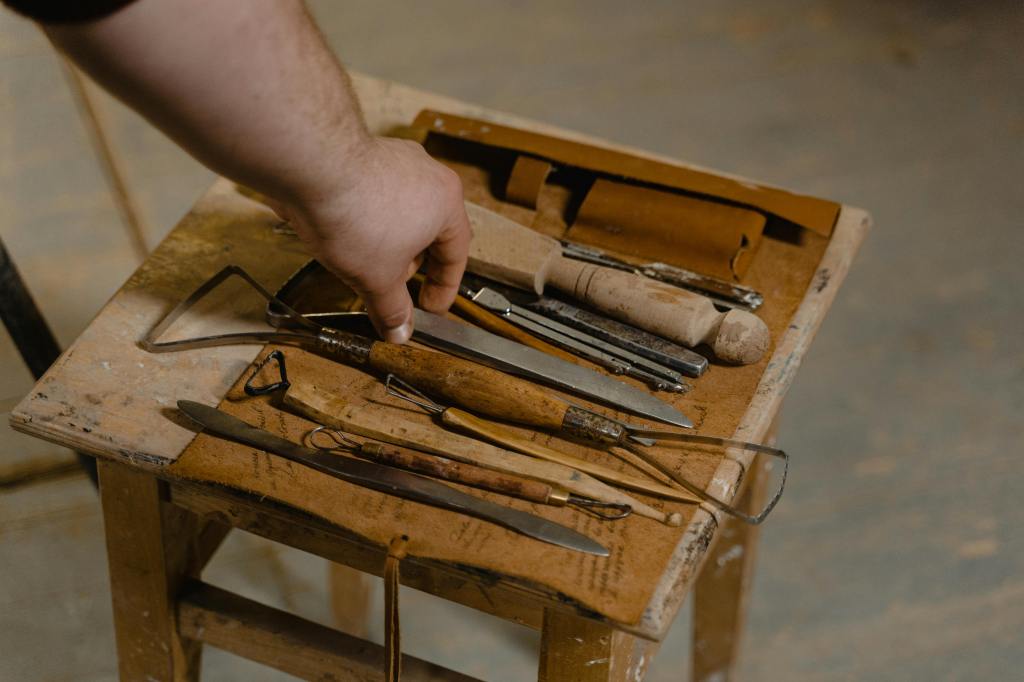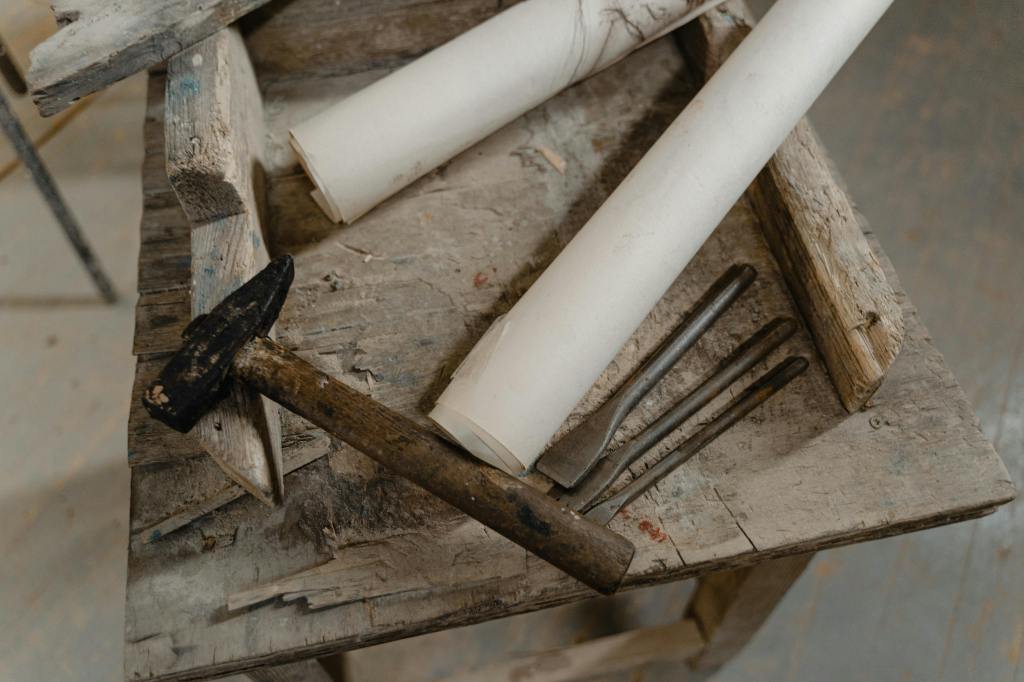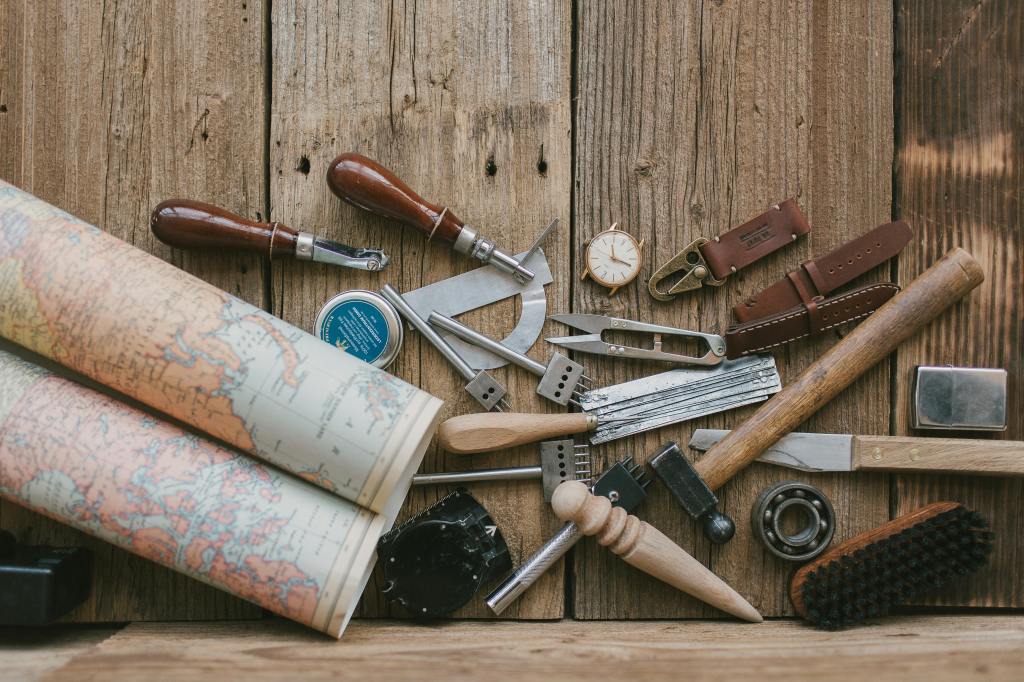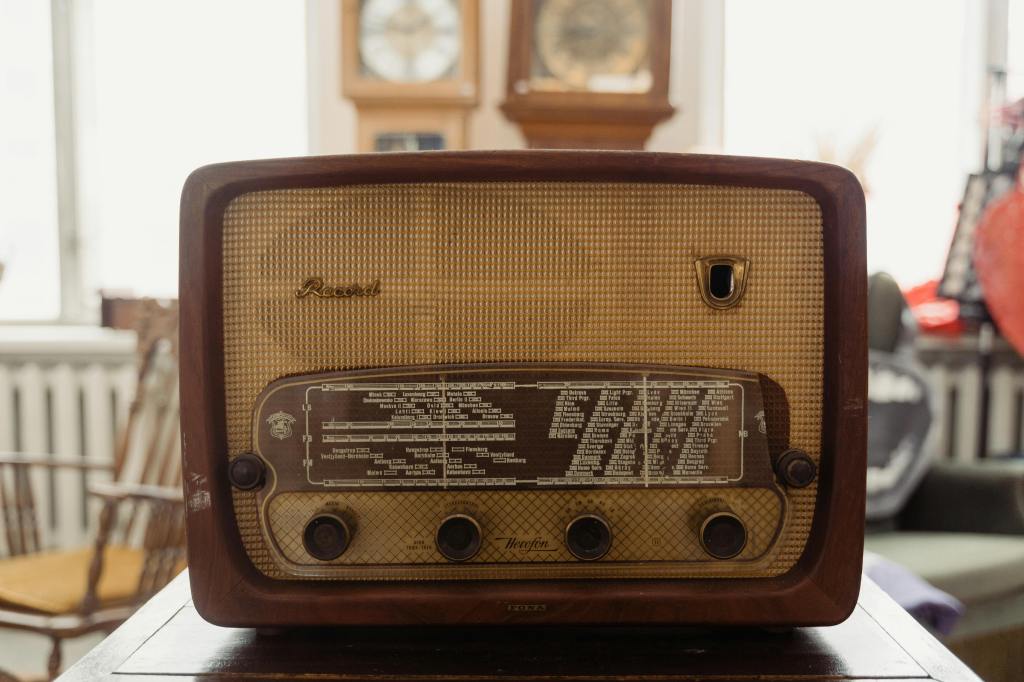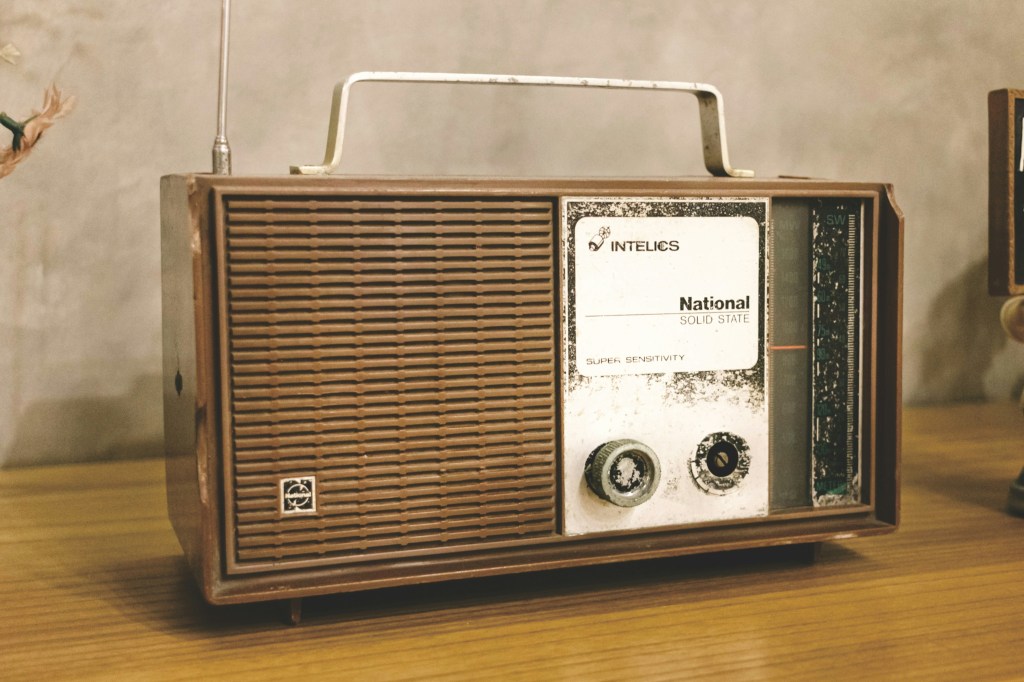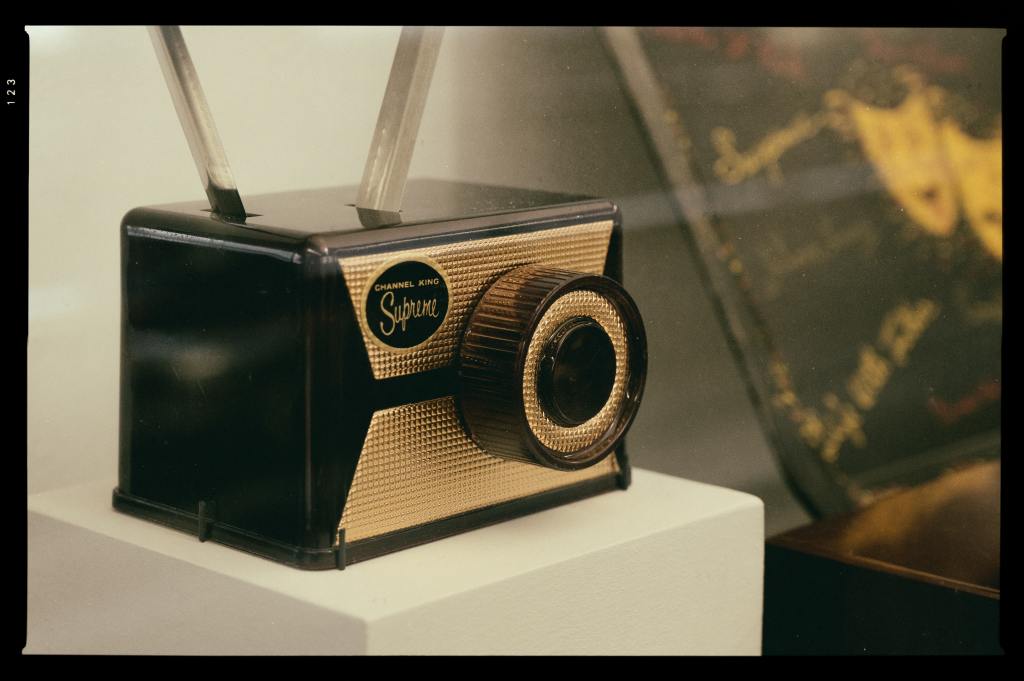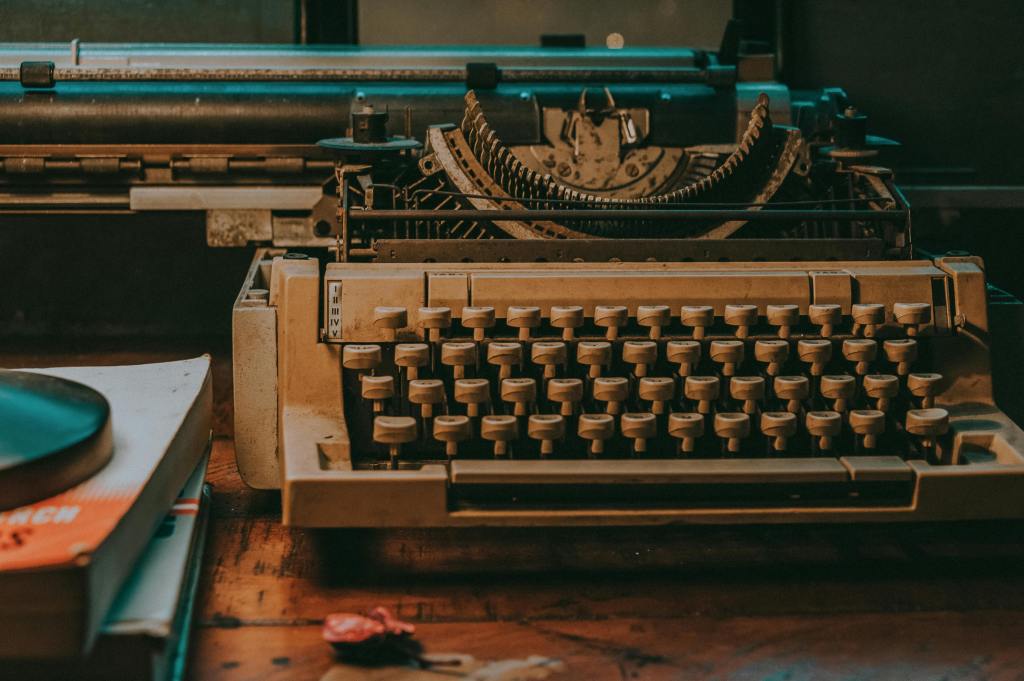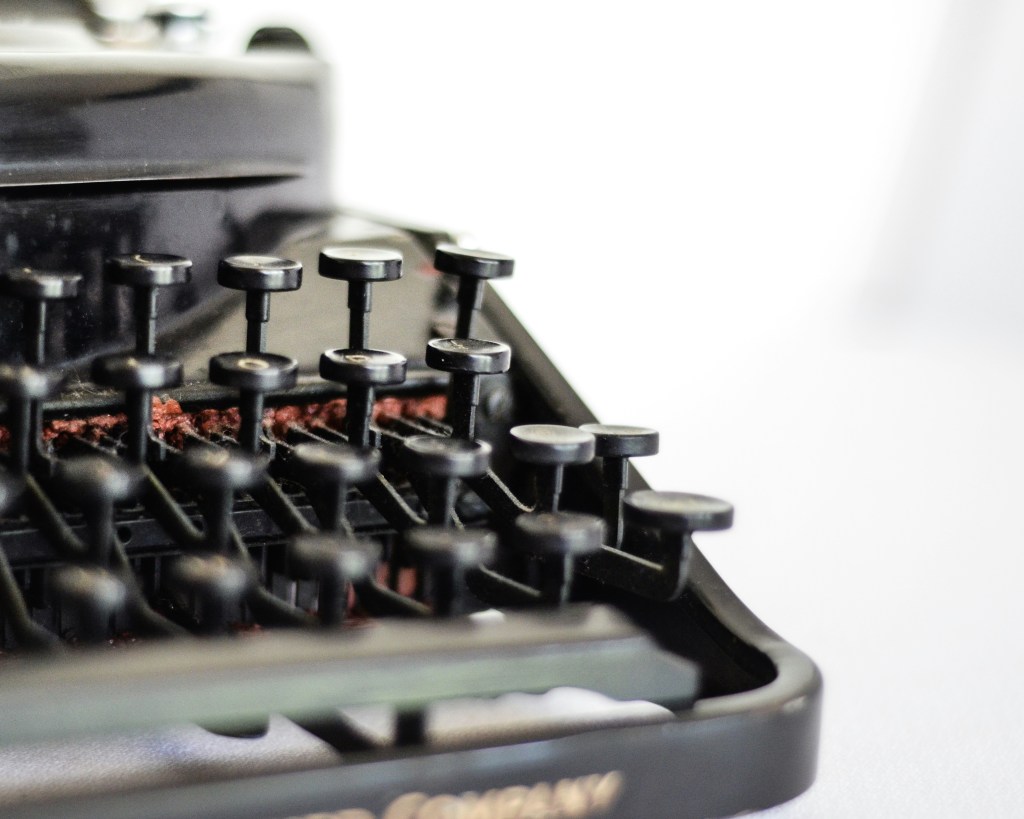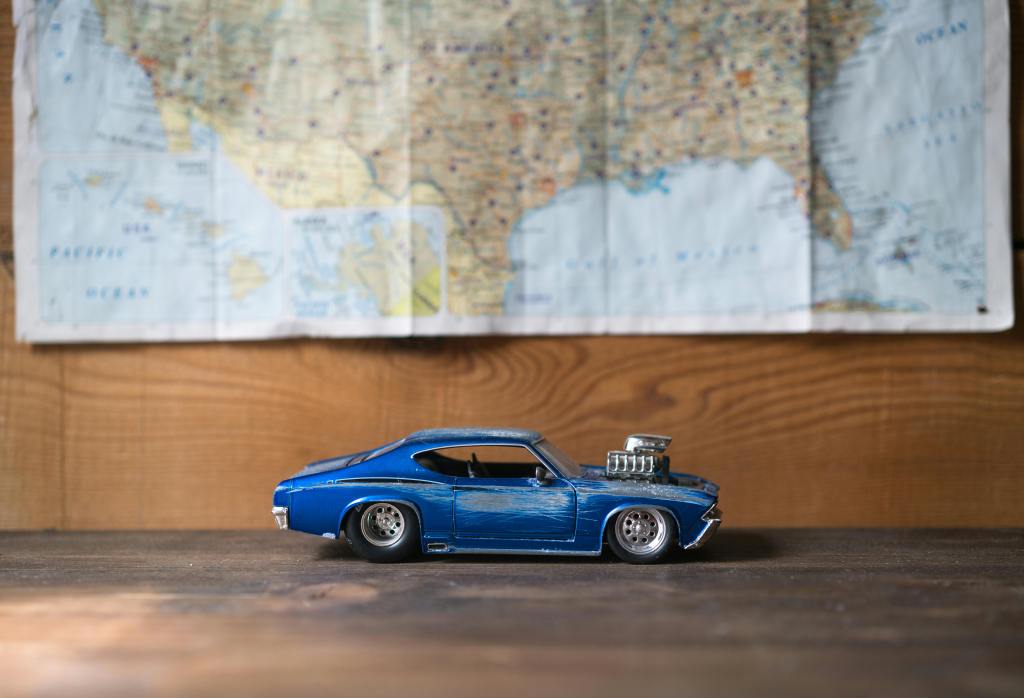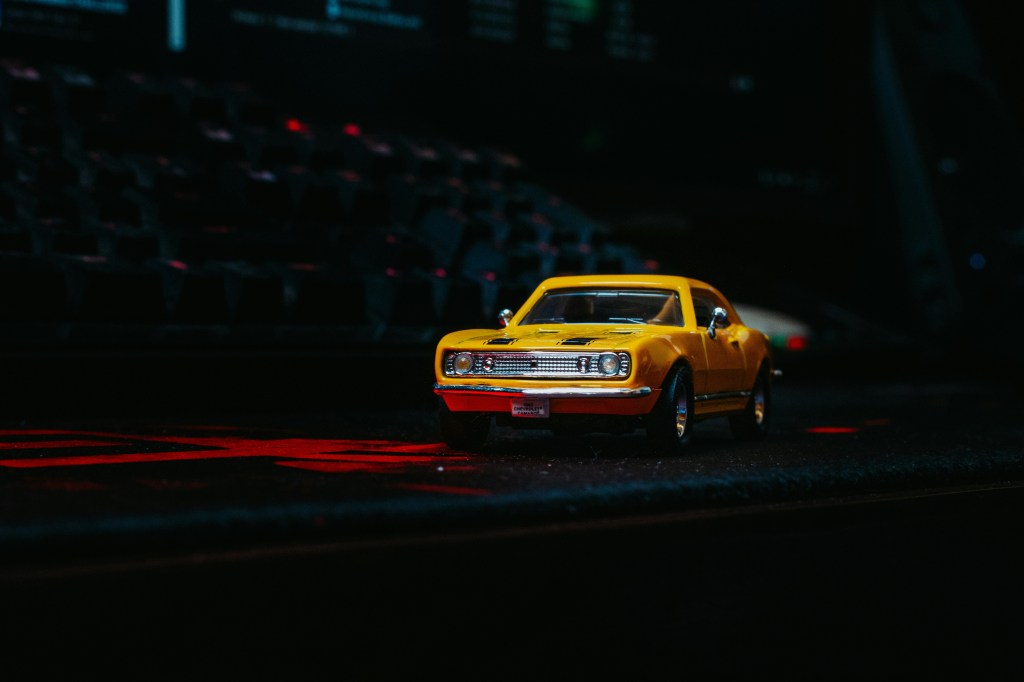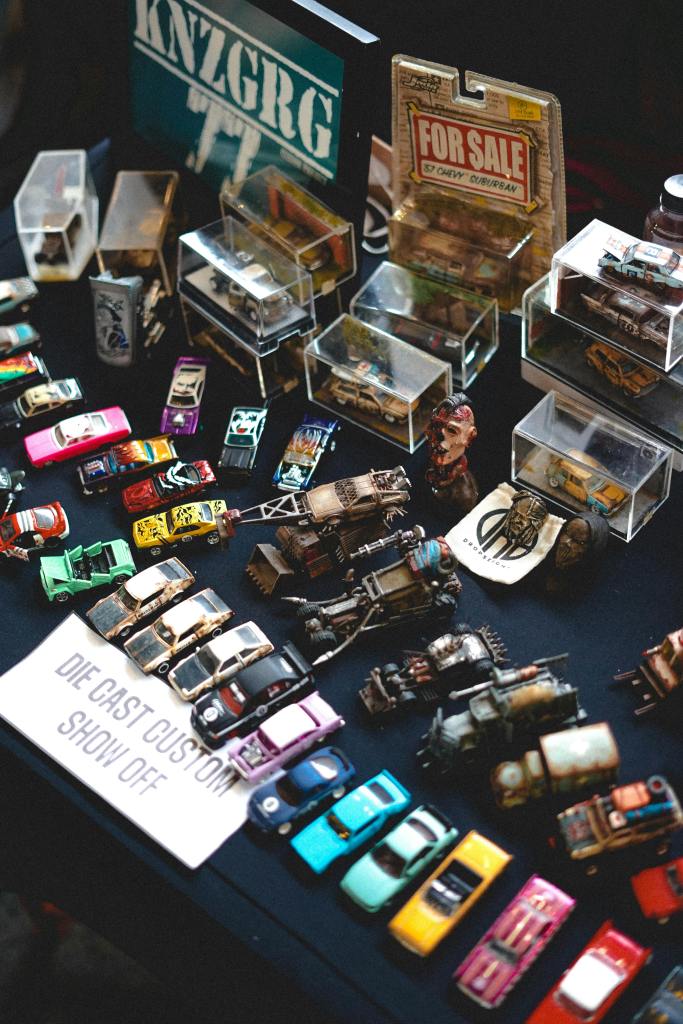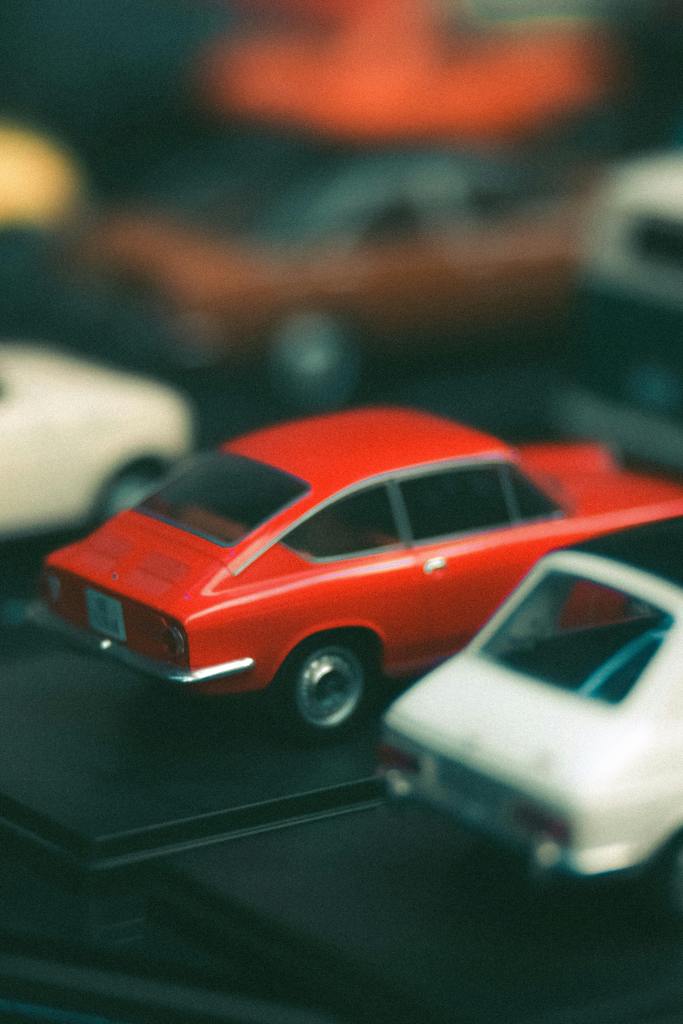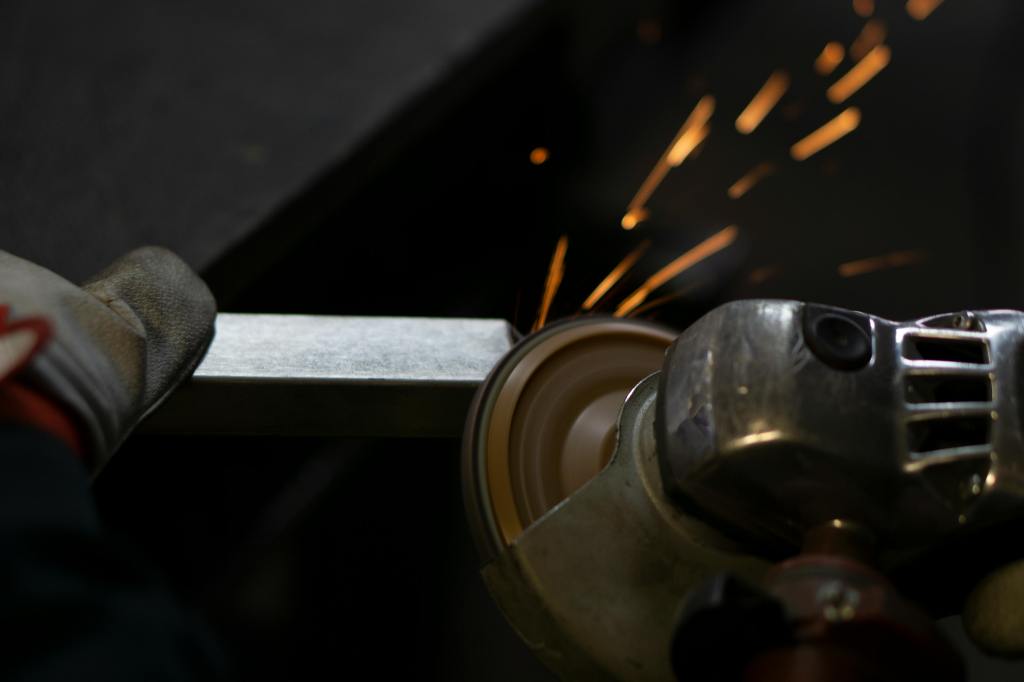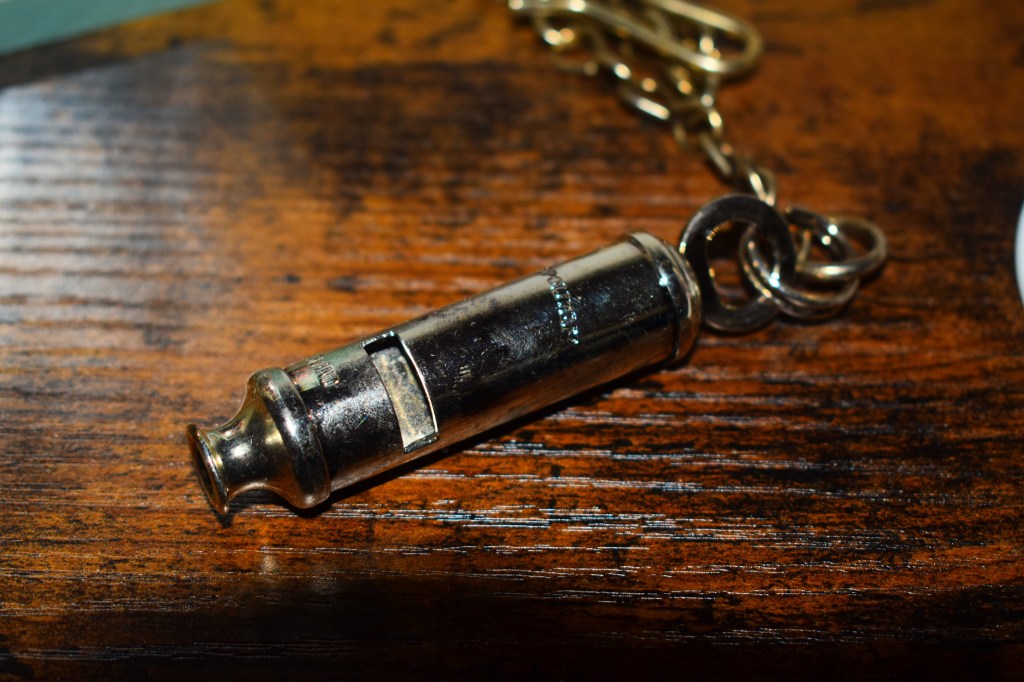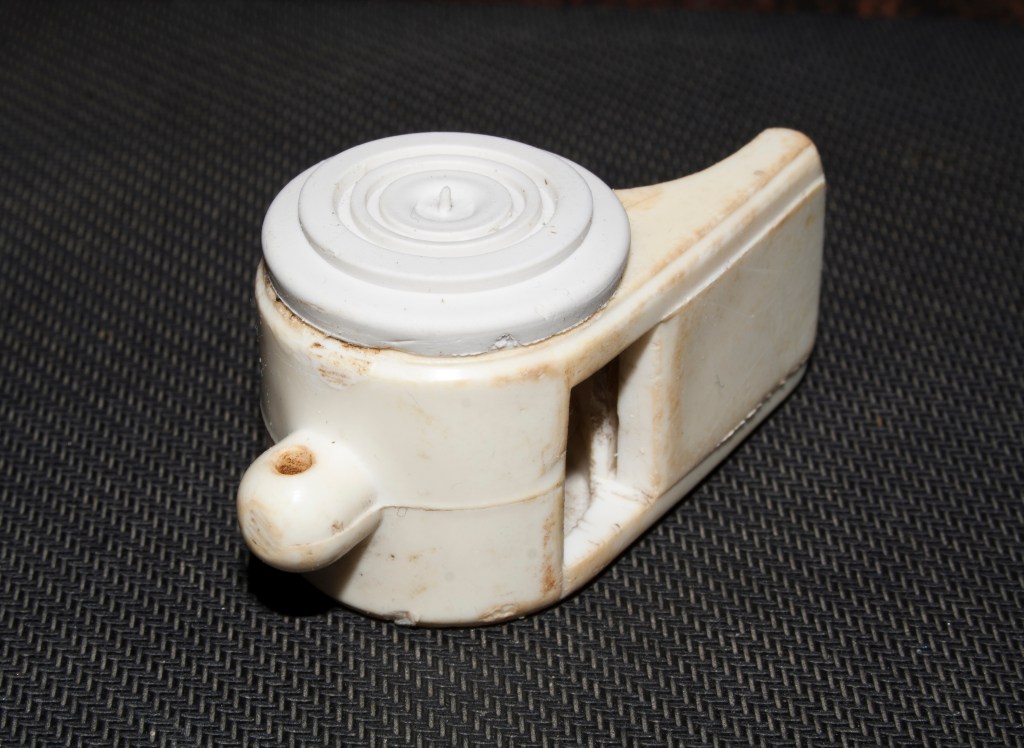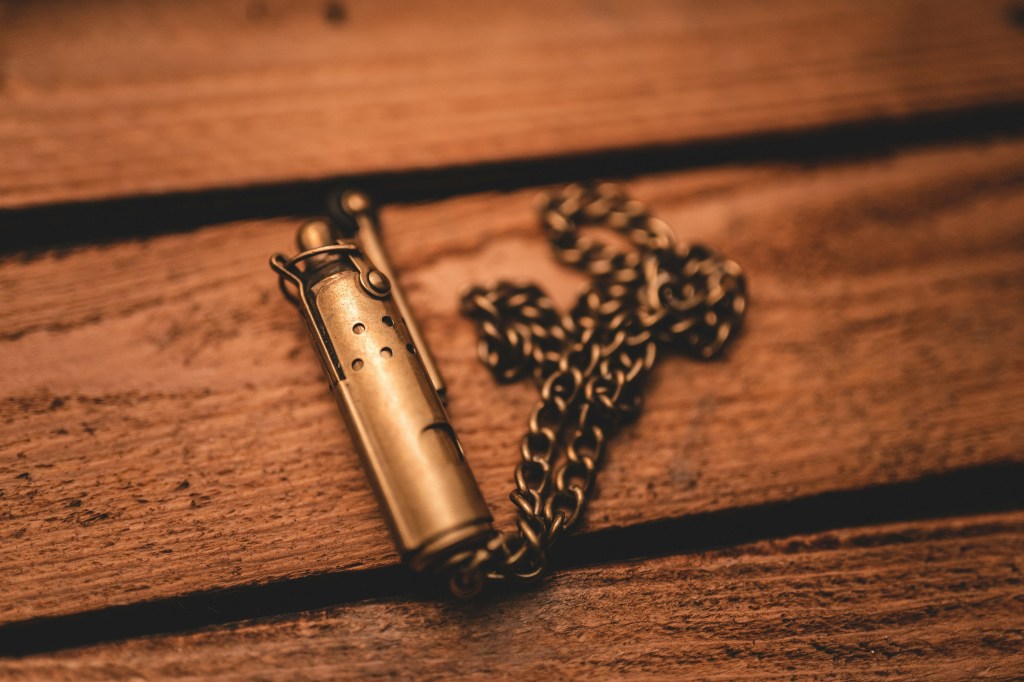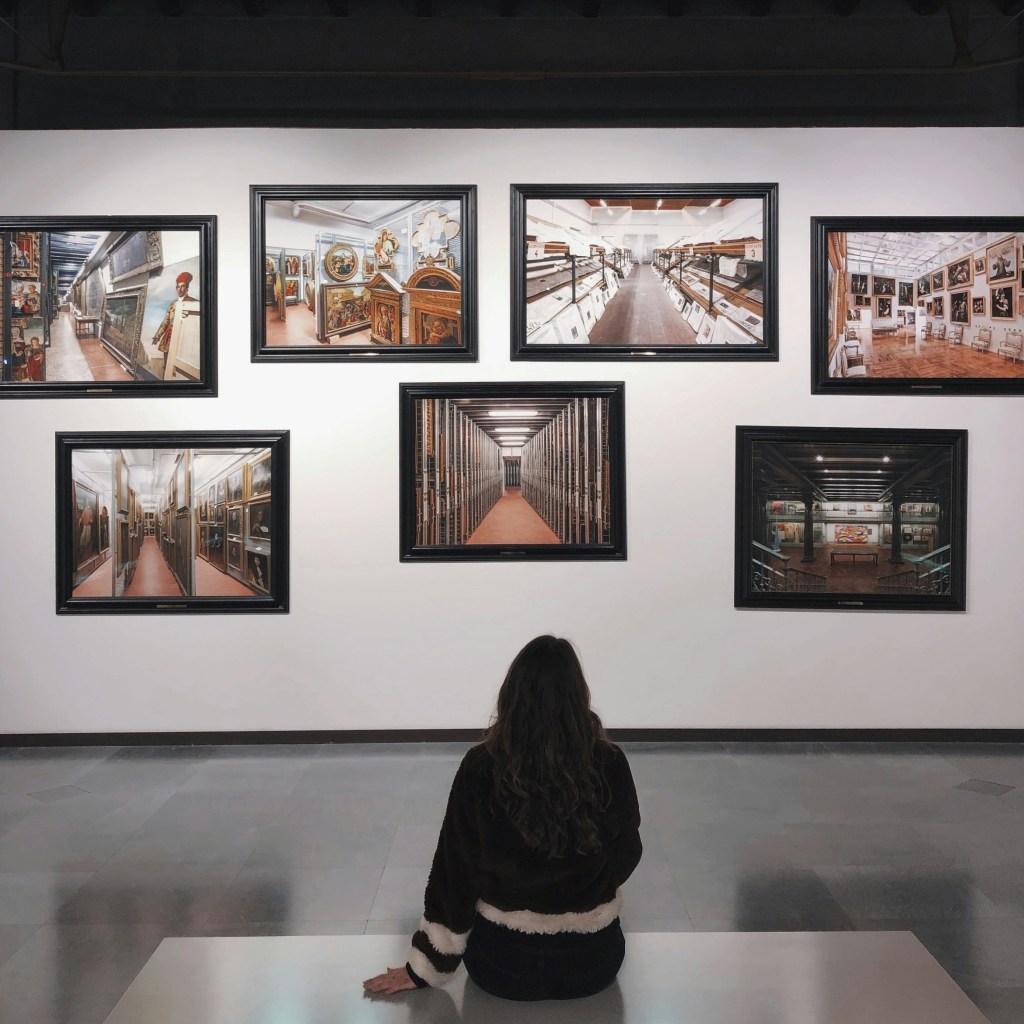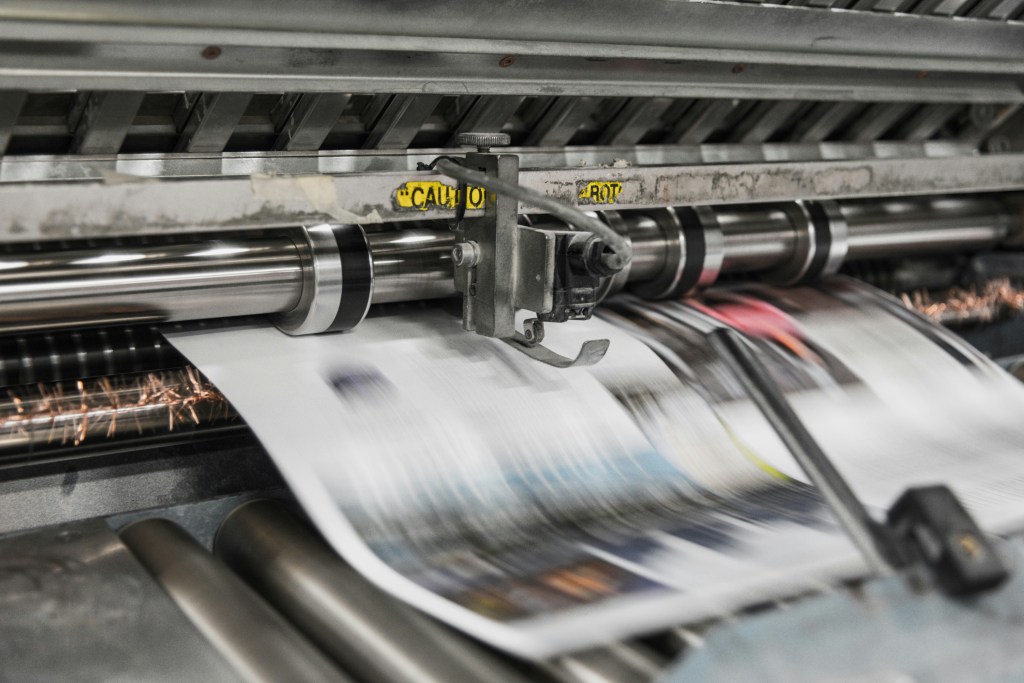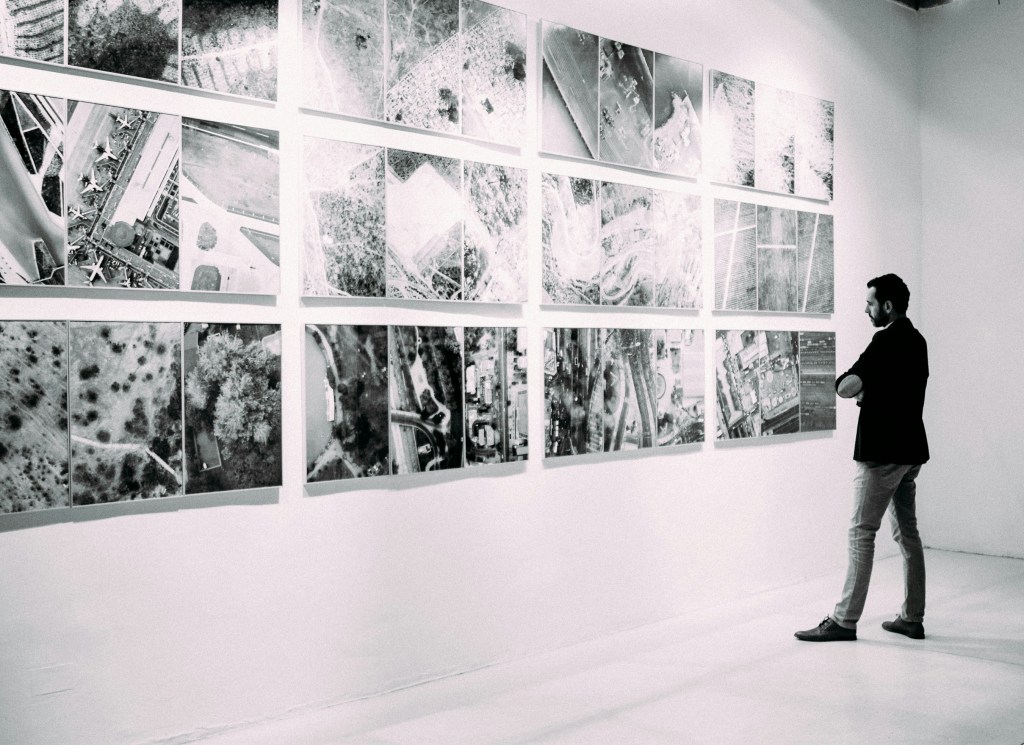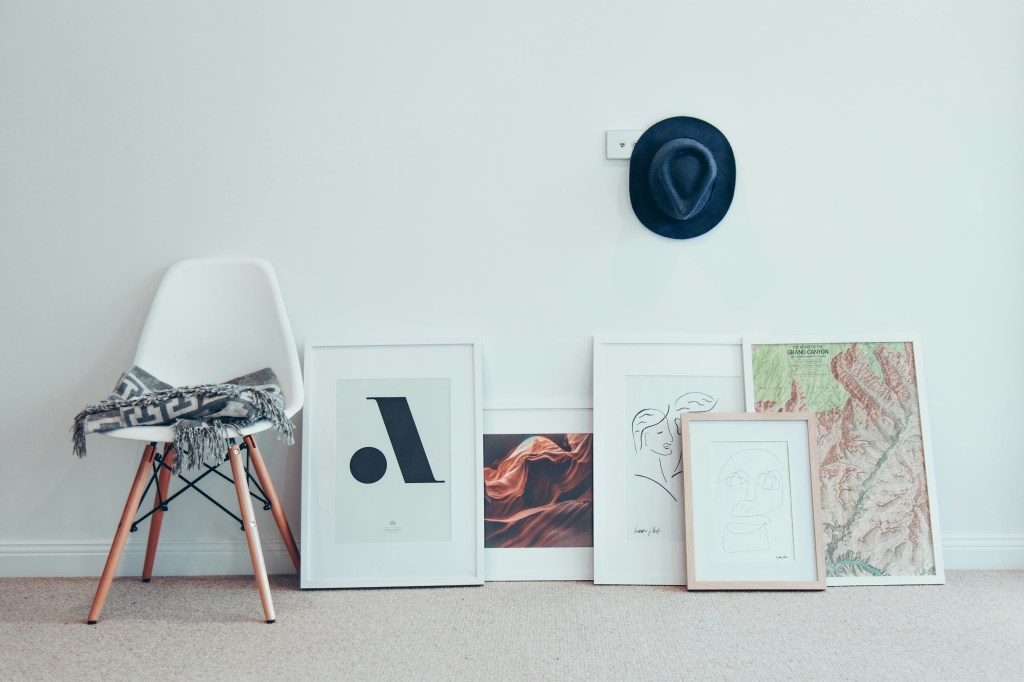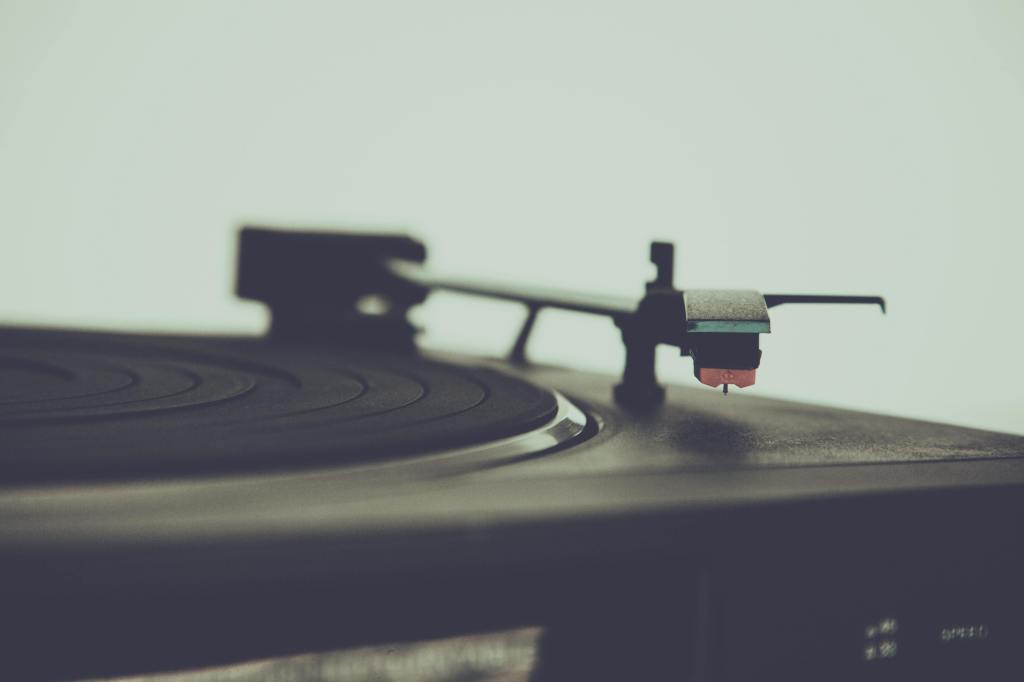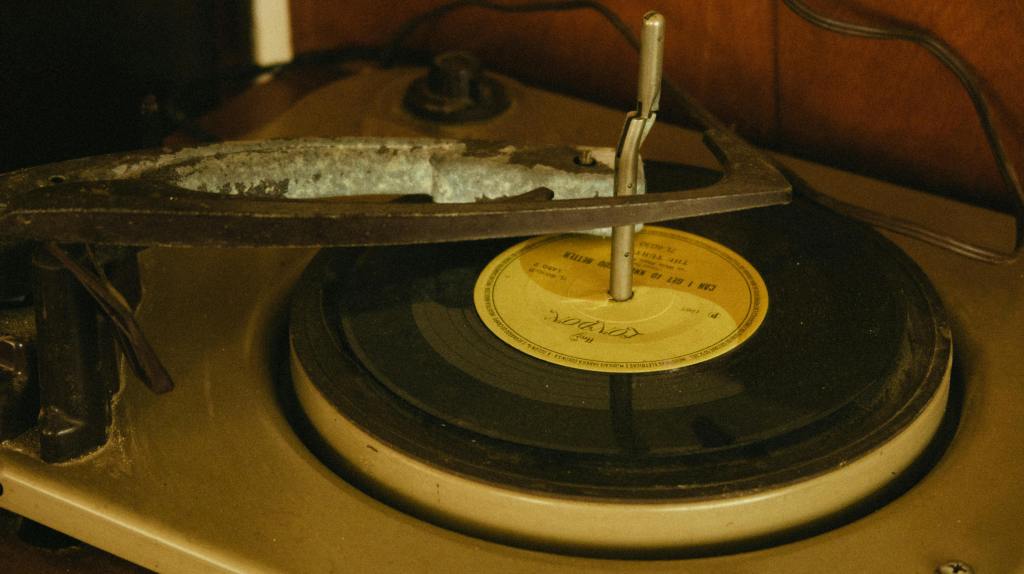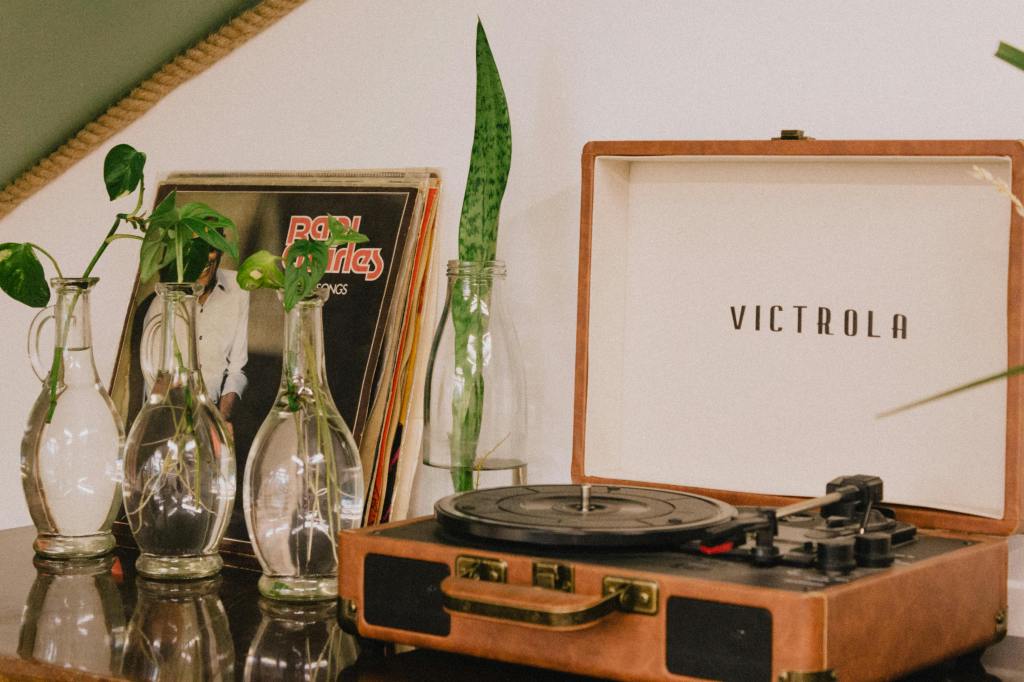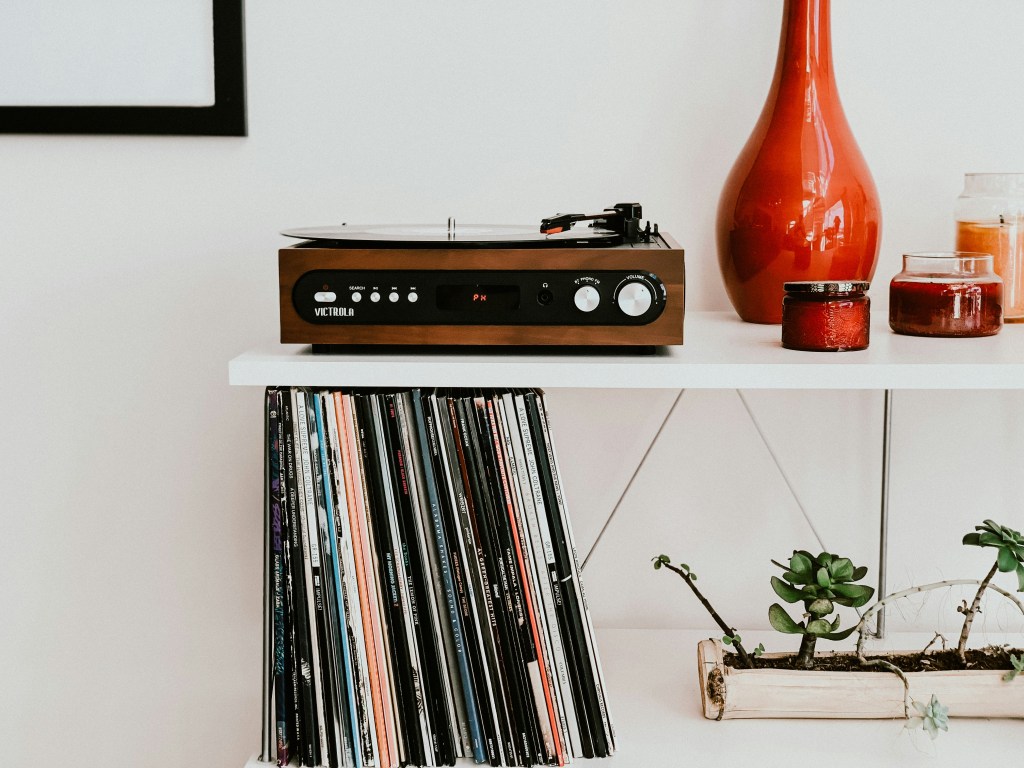In a world dominated by digital media and instant access to information, the charm of rare books and manuscripts remains undiminished. For book collectors, an old book offers a glimpse into the past, each one telling a story that transcends time.
The allure of antique book collecting and rare manuscripts lies in their physical beauty and cultural and historical significance. We’ll delve into the fascinating world of book collecting and the deep connection many have to old books.
Join us in this journey as we celebrate the enduring legacy of these remarkable artifacts, which continue to captivate the hearts and minds of book collectors across generations.
Uncovering Literary Treasures: Famous Books and Manuscripts at Auction
A look at notable books and manuscripts that have captured history and high bids reveals fascinating stories of value and intrigue. Throughout the years, famous literary works have not only been cherished for their content but have also attracted astonishing prices at auctions.
Valuable books
One of the most remarkable manuscripts ever sold is the Magna Carta, which sold for $21.3 million at auction in 2007. Drafted in the 13th century by the Archbishop of Canterbury, this document is one of the earliest records establishing common law. It is widely regarded as a cornerstone of the legal system.
Another notable work is the Northumberland Bestiary, which was sold for $20 million in a private sale in 2007. This 13th-century manuscript features intricate medieval drawings and captivating descriptions of real and mythical beasts.
William Shakespeare’s “Comedies, Histories and Tragedies” sold for $9.97 million at Christie’s in 2020. This collection includes 36 plays, carefully organized by his close associates, John Heminge and Henry Condell. With only six editions, this rarity adds to its value and allure.
Building Your Collection: Types of Rare Books & Manuscripts
Collecting rare books can be a fascinating and rewarding hobby, with numerous categories to explore. Among the most popular types are first editions, illuminated manuscripts, and author-signed copies.
First edition books
First editions are sought after, often accompanied by specific details such as the print run and any unique features.
Collectible manuscript
Collectible manuscripts, which can include rare handwritten works or original drafts from authors, also attract the interest of enthusiasts.
Signed books
Signature editions, or books signed by the author, hold a special place in the hearts of collectors because they provide a personal connection to the writer.
Other collectibles
In addition to these primary categories, collectors may find joy in other types of rare books. These include bibles, limited editions, special editions, and misprints.
Limited editions are produced in smaller quantities and often come with exclusive features, making them highly desirable.
Special editions may include added illustrations or unique presentations, while misprints can hold significant value due to their rarity.
If you’re starting your book collector journey, check out our in-depth guide, “Rare Book Collecting Tips for the Rookie Collector.”
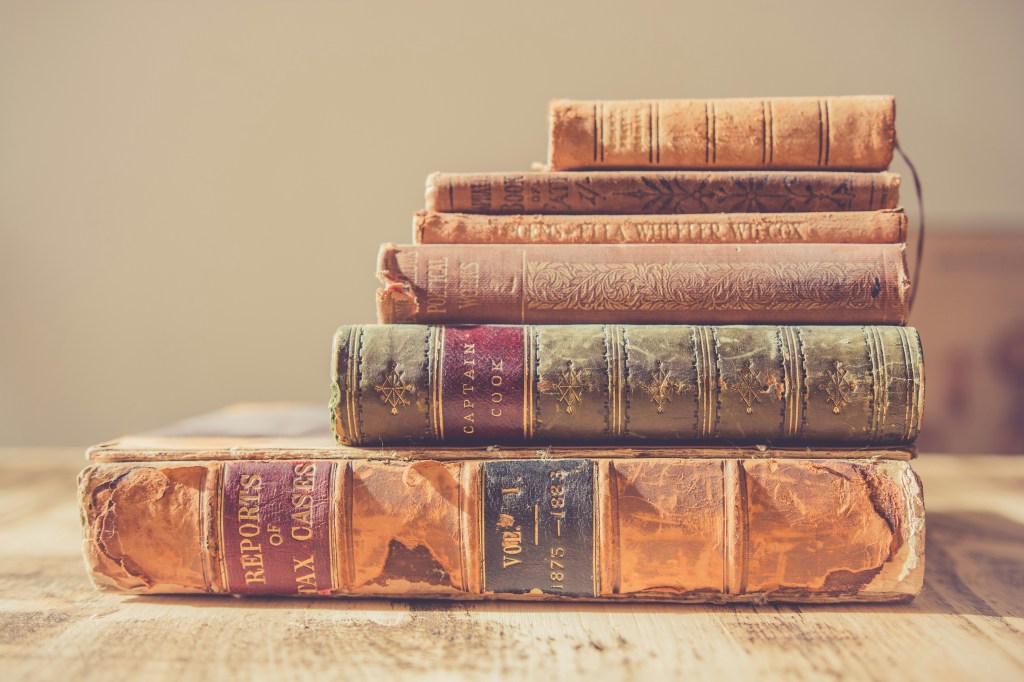
What Makes a Book Valuable? Appraisal Insights for Collectors
When appraising a book’s value, several key factors come into play, encompassing elements such as rarity, condition, provenance, and prevailing market trends. Understanding these factors is essential, particularly for rare book valuation and book value appraisal.
One of the primary factors affecting book value is the condition of the book. Old books in near mint or mint condition are generally more valuable. Unmarked pages, no torn pages, and no dog-ear corners contribute to their desirability.
The condition of the binding is also crucial, as a pristine cover adds to the book’s appeal. In modern hardcover books, the state of the dust jacket can have an impact on its value.
Publication details, such as when it was published and printed, are another important element in the valuation process. Take a look at the title page, as it can reveal key information. Knowing whether a book is a first edition, a special edition, or simply a reprint can drastically change its significance and value.
Additionally, rarity plays a vital role; factors such as limited print runs, rare illustrations, unique printing errors, and the specific printing process can elevate a book’s desirability and worth among collectors.
Careful attention to detail is crucial to effectively identifying and evaluating a book’s value. Start by examining the title page, which contains information such as the publisher and the publication date.
During the physical inspection phase, assess the book’s cover and binding for any damage, fading, wear, or spine issues, all of which can decrease value. Look out for water damage, tears, folds, markings, or brown spots on the pages. If a book features illustrations or maps, it’s essential that these elements are intact.
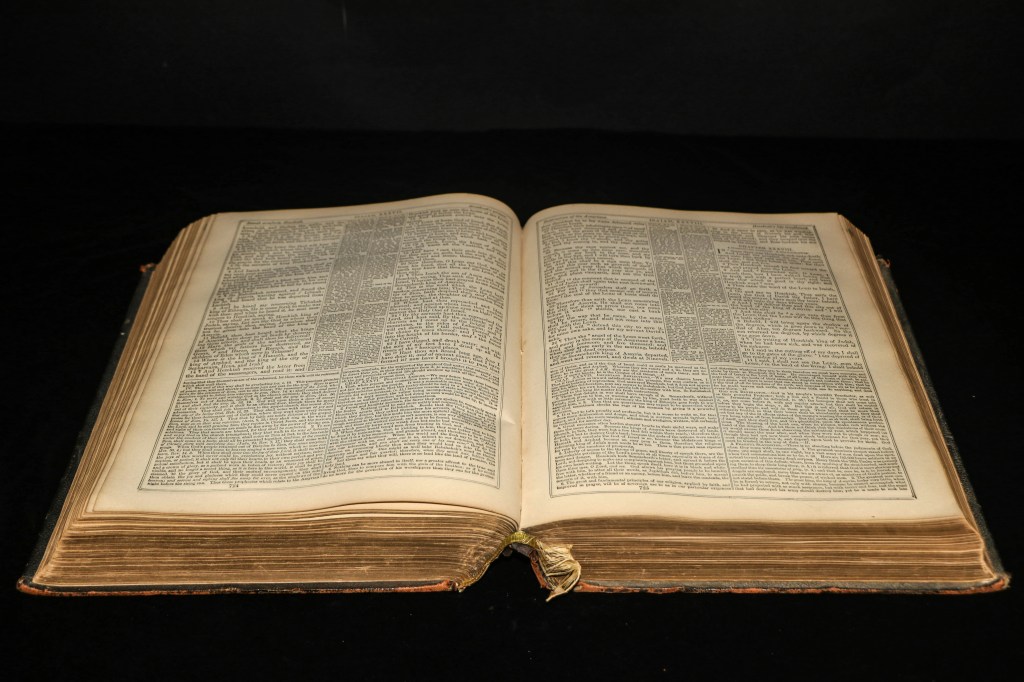
Preserving the Past: Essential Tips for Book & Manuscript Care
Follow practical advice on proper handling, storage, and preservation methods to ensure the longevity of your collections. For book preservation, there are specific tips to consider, particularly when storing antique books and caring for manuscripts.
When it comes to storage, it is vital to store in a stable environment. Avoid attics, basements, or garages, as the humidity and temperature fluctuations in these areas can warp and damage the books.
Additionally, refrain from using plastic containers, cardboard boxes, or wooden containers for storage. Books should be kept away from direct sunlight and artificial lighting to prevent fading and deterioration.
Regularly dusting your books is also important, as dust can cause damage over time. When organizing your collection, store books upright, make sure the shelves are not overcrowded, and arrange them by size.
Proper handling techniques are equally crucial in preserving the condition of your books. Avoid opening books too wide, as this can put stress on the binding and cause damage. Additionally, take special care when handling the dust jacket, as gentle handling can prevent accidental damage.
Do not store paper items within the books, as the acids in the paper can harm the pages. Similarly, avoid placing non-paper items in your books, as they can leave marks or cause additional wear.

Where to Find Rare Books & Manuscripts
Several top resources can assist collectors in locating valuable antique books and manuscripts.
Valuable resources
One valuable resource for online research is Bookfinder.com, which allows users to search for specific titles across numerous sellers. Additionally, the Antiquarian Booksellers’ Association is an excellent source of information, offering articles, talks, and seminars dedicated to book collecting.
Reputable auction houses, fairs, and online platforms provide various avenues for acquiring rare books. Auction houses and online auction sites, such as eBay, are popular places to discover unique items.
Antique shops and dealers may offer hidden gems, while flea markets and thrift stores can occasionally surprise collectors.
Rare book fairs, like the Fine Book Fairs, are also fantastic events to attend. These fairs gather rare books under one roof, providing access to numerous vendors and their collections.

Future Perspectives: Trends in Antique Book & Manuscript Collecting
Collecting has always been an evolving practice, and the future of book collecting is particularly exciting as it adapts to emerging trends and the growing impact of digitalization.
As more collectors enter the field, there is an increasing interest in various niches. The rise of technology has also opened new opportunities for collectors, providing access to a wider range of cataloged collections and resources that were previously difficult to find.
Modern first editions are becoming increasingly sought after, appealing to a new generation of collectors who appreciate the significance of acquiring a book that represents a particular moment in literary history. A first edition of q new book attracts attention for their cultural relevance and future value.
Milestone books in our culture are also vital to consider in this forward-looking perspective. These works reflect significant periods in history and shape societal values and conversations. As collectors seek to curate their collections, they often gravitate toward genre books and niche collections that reflect their personal interests and identities, such as ethnic literature.
Collectors are encouraged to explore various genres and themes, focusing on the diverse offerings available. Modern book collecting offers exciting discoveries for both seasoned collectors and newcomers, whether drawn to rare editions or modern literature.
Sources
https://joeolujic.com/old-school-hand-tools-why-sometimes-the-basics-are-best/
https://www.britannica.com/technology/hand-tool/European-usage
https://www.lovetoknow.com/home/antiques-collectibles/antique-hand-tools
https://www.thebestthings.com/toolmus.htm
https://www.bladeforums.com/threads/vintage-tools-museum-list.1525011/
https://virginiatoolworks.com/2012/04/16/archival-tool-preservation-cleaning-and-tuning/
https://www.metmo.co.uk/blogs/news/tat-or-treasure-understanding-the-value-behind-antique-tools-with-examples?srsltid=AfmBOopKA_miNCs2BYuNC0OeqESh25aY_kYuqz6e_FzCFONwWzTzIVoV
